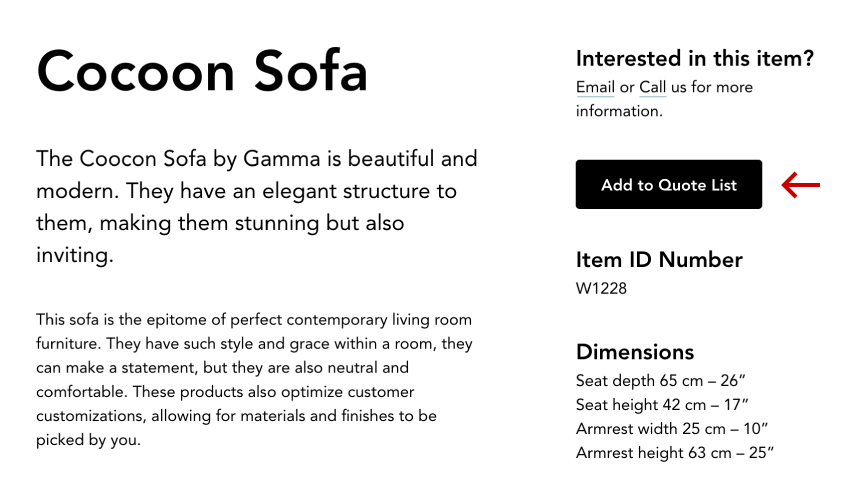Contrast in interior design creates all-important visual interest, but the line between contrast and clash can be pretty fine. When it comes to colors, how different is too different to work together in your home? These tips will help you navigate the potential minefield of contrast.
Types of Color Contrast
For a lot of people, classic black and white will be the first color scheme to come to mind when they think about contrast. But there are actually seven different types of color contrast, first laid out by Johannes Itten in his book The Elements of Color. These include contrast of hue, light-dark contrast, and cold-warm contrast. If a dramatic look like black and white isn’t right for you, you have more subtle contrast options in abundance.
The Color Wheel
We’re all familiar with the classic color wheel, but a quick refresher is always helpful when discussing contrast. The greater the distance between hues on a color wheel, the stronger the contrast. Hues that sit directly opposite one another, like purple and yellow, are known as complementary colors, and tend to make one another ‘pop’ by dialling up their luminosity. Colors that sit adjacent to one another, like blue and teal, offer a subtler effect.
Color Saturation
The terms hue, tint and shade are often used interchangeably, but they actually have very specific meanings. Hue is the purest form of any color — bright red, for example. A tint is that color with white added — pink, for example. And a shade is that color with black added — dark red, for example. Achieving a successful light-dark contrast will involve combining a variety of hues, tints and/or shades.
Mid Tones
The higher the contrast, the sharper and more dramatic the effect. Avoid jarring the viewer and bring a little more subtlety to high contrast color schemes by introducing accents in mid tones — these might be simple combinations of the two main colors, or a third color that offsets them both. For example, a black and white scheme could be softened by grey, or punched up with blue.
The 60-30-10 Rule
If you’re feeling uncertain about the best way to work with three different colors, play it safe by observing the 60-30-10 rule, where 60% of the room features your dominant color, 30% your secondary color, and 10% your accent color. For a lot of rooms, this works out as follows:
60% wall color (dominant)
30% furniture color (secondary)
10% 2-3 room accessories (accent)
Color Temperature
Cold-warm contrast is all about the interplay between colors that create an impression of warmth (like red, orange and yellow) and colors that create a sense of coolness (blue, green and indigo). Too much of either color ‘temperature’ can make a room seem off kilter, with extreme cases looking either stuffy or chilly. Introduce elements of its temperature opposite to restore balance.
